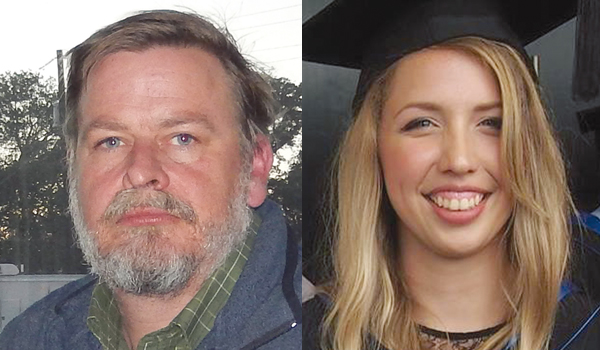A bone to pick
Two recently published studies are set to change the way forensic scientists deal with human skeletal remains.
Researchers at the Texas State Universitys Forensic Anthropology Research Facility, better known as the body farm, have been examining the unique signatures left by animal scavengers on human remains. The team, led by director Daniel Wescott, deposited a corpse in a forested area and set up cameras to record the scavengers. As expected, foxes, raccoons, coyotes and various birds all feasted on the corpse, but around 190 days after the body was deposited by which time it had been reduced to a skeleton an unexpected visitor arrived on the scene: a single white tailed deer. In photographs, the deer could clearly be seen gnawing at the skeletal remains. A few days later, the deer came back and photographs showed it with what appeared to be a rib bone in its mouth. While this discovery sheds light on unexpected deer behaviour, forensic scientists are also heralding the study as useful for cases in which a body has been decomposing over a prolonged period. If scientists can identify the teeth marks of deer and other ungulates on human bones, they say it will help in new cases and could clear up confusion in older crime scenes, where only carnivorous scavengers were thought to chew on human bones. The researchers admit that instances like this will inevitably be rare, but in regions where deer are plentiful, forensic scientists should be on the lookout for this distinctive bite pattern. White-tailed deer are generally considered herbivores, with a diet of readily available plants, including twigs, fruits, nuts, alfalfa and the occasional fungi. However, it has long been accepted that deer will eat flesh under certain circumstances. Previously they have been spotted eating fish, bats and dead rabbits, and also observed plucking and eating baby birds directly from nests. Scientists believe deer and other herbivores may occasionally seek out flesh to get minerals such as phosphorus, salt and calcium that are missing from their regular diet, particularly in winter. The paper has been published in the Journal of Forensic Sciences as an aid to other forensic scientists investigating suspicious deaths. Based on this case study and the way deer have been known to forage animal carcasses, the authors note that the ungulates (hoofed animals) tend to seek out dry bones of long-dead animals, and in particular bones with a rectangular cross-section. They cause the most damage on the ends of the bone, where the zigzag motions of their jaws leave behind a stripped, forked pattern in the bone, the authors note. Carnivores, by contrast, seek out fresher remains and leave punctures and pits in the bone. Although it would be extremely unlikely for deer to feed on human remains, being able to recognise the signs of ungulate gnawing may help investigators pinpoint where a body came from and how long it has been dead. Last year Police Professional reported on a study in Boston, which found that squirrels gnawing on human bones can leave marks easily mistaken for knife strikes and can also scatter bones across a wide area, making the collection of remains more challenging. In March, police in Leeds recovered a complete human skeleton from a wooded area off junction 45 of the M1. The investigation began after a report of a single bone being found. Investigators drafted in a forensic anthropologist to examine the bone, which was quickly confirmed as human. This initial find led to further work at the scene and the uncovering of a number of other bones, all of which belonged to the same person. Examination of the bones confirmed they belonged to a male. A police spokesperson said: Work is ongoing to identify the man and to establish the circumstances surrounding his death. Forensic anthropologists can examine bones to help detectives piece together key information about the person, from identifying features such as age, sex and build, to clues about when and how they died, including signs of trauma injuries. There are also well-established techniques for determining whether a skeleton be


